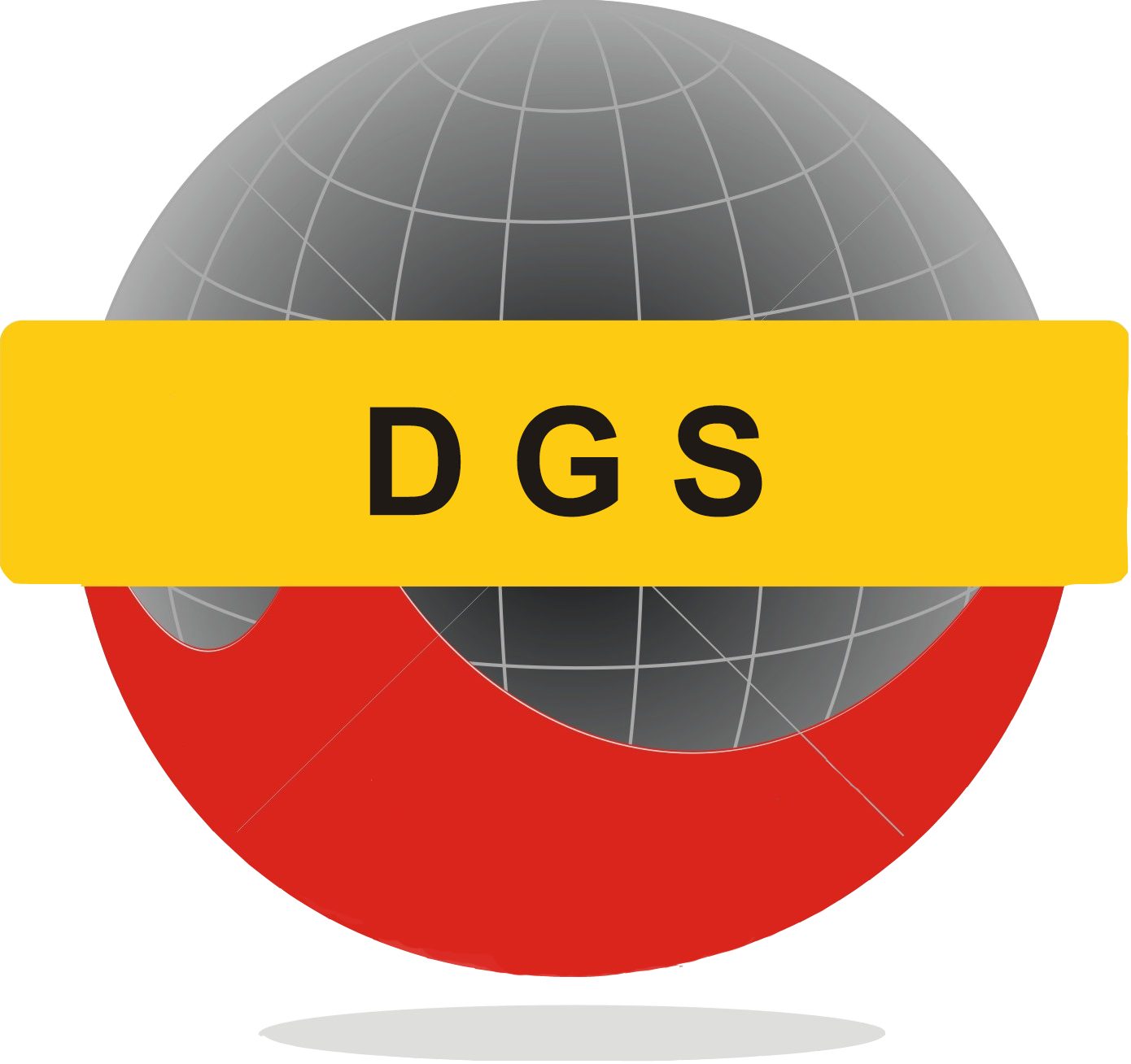ISO 14001:2015 CERTIFICATION
ISO 14001:2015 is one of the international standards issued by International Organization for Standarization (ISO) in Jeneva, Switzerland. It was created to established quality policy and and objective. This standarization is applicable to every type of organization or company based on 8 clauses in ISO 14001:2015. The eight clauses are the following:
Terms and Definitions;
Resource Management;
Measurement, Analysis and Enhancement;
Product Realization;
Scope;
Normative Reference;
Environment Management System;
Responsibility
Implementation
The certification processes of environment management system are the following:
+ Determination of the scope
+ Initial visit
+ Audit
Stage 1 Audit: Initial audit of documents and to examine the application of the environment management system (ISO 14001:2015) within the organization or company in order to proceed to the next step of the certification service.
Stage 2 Audit: Certification audit where the auditor comprehensively auditing the affectivity of the management system based on documented files and scopes of the management system.
+ Certificate will be issued once the organization established and maintained the checklist of the ISO 14001 based on the proposed scope(s). Once the certificate has been signed, the certificate is valid for three years. If applicable, certificate can only be issued once the company or organization provides the evidence of the corrective action for every finding(s).
+ Surveillance Audit will be conducted by DGS at least once in every calendar year to ensure the establishment of the system within the organization is restrained.
+ Recertification Audit will be conducted by DGS after the expiry date of the certificate or in special condition where recertification is required.
Some benefits of applying ISO 14001:2015
- To work competitively among the market;
- To build and increase the trusts of customers;
- To increase performance of the organization (productivity, efficiency dan affectivity);
- To enable continuous improvement of your organization’s environment management systems.
